
“Não se preocupa amor, eu coloco você numa praia depois no photoshop” DELA, Marido.
galaxys

“Não se preocupa amor, eu coloco você numa praia depois no photoshop” DELA, Marido.
galaxys
galaxys
Photos from Taiwan’s Taroko National Park, where bridges, a waterfall, and a gorge of marble attract sightseers seeking natural beauty and a getaway on an island with a population of 23 million people.
See, and share, more photos in the Taiwan’s Taroko Park gallery.
Photos from Edyta Knapik, jareed, Phototroph, - syphrix -, edwin.11, kalmenias, and BRIANCHAO.
galaxys
galaxys
galaxys

Sand Prints is a series of ephemeral art created by environmental artist Ahmad Nadalian. Each site-specific piece is a small sculpture naturally blended into a beach or desert landscape. The sculptures become a part of the surrounding land and provide viewers with the opportunity to explore, touch, and even disrupt the final images.
In all of his work, the artist redefines ancient rituals and symbols in contemporary ways. This project is inspired by an ancient printing technique that used carved cylinders to create repeating patterns. Nadalian's modern-day carvings include living creatures like fish, snakes, and crabs, as well as floral patterns that he rolls along the surface of the sand to produce the long rows of repetitive illustrations.
The beauty of each piece is that the loose earth can hold the designs for only so long before the wind disrupts the arrangement or the tide washes it away. Through this fleeting process, Nadalian believes he is making an offering to the Earth, hoping to heal the spirit of our neglected environment. He says, "Art offers a blessing and hope for harmony with the past, with the earth, and the heavens."
galaxyS
Founded by Japanese dentist Taro Hanabusa, Fangophilia creates one-of-a-kind teeth and silver accessories custom molded to the wearer’s body.



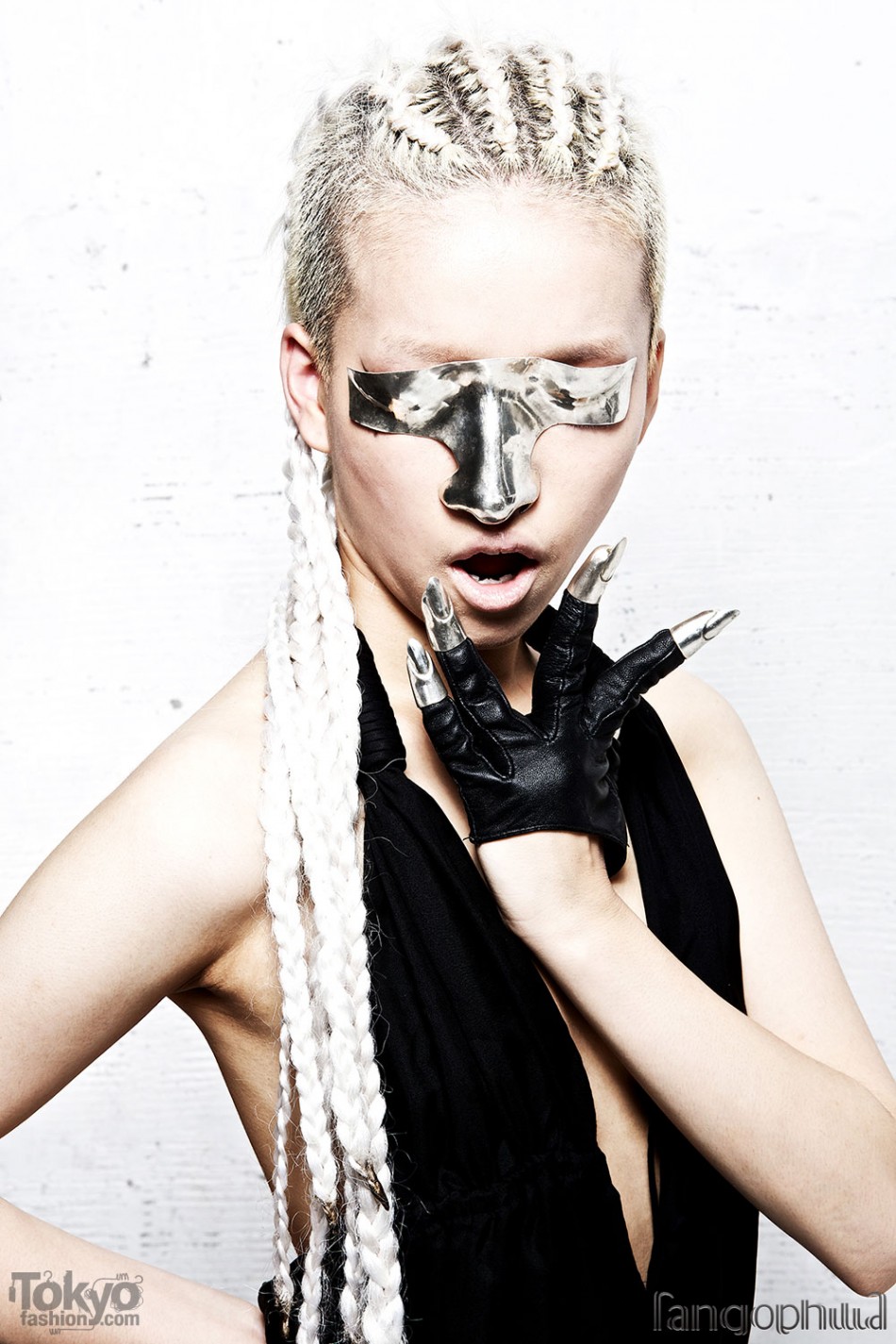







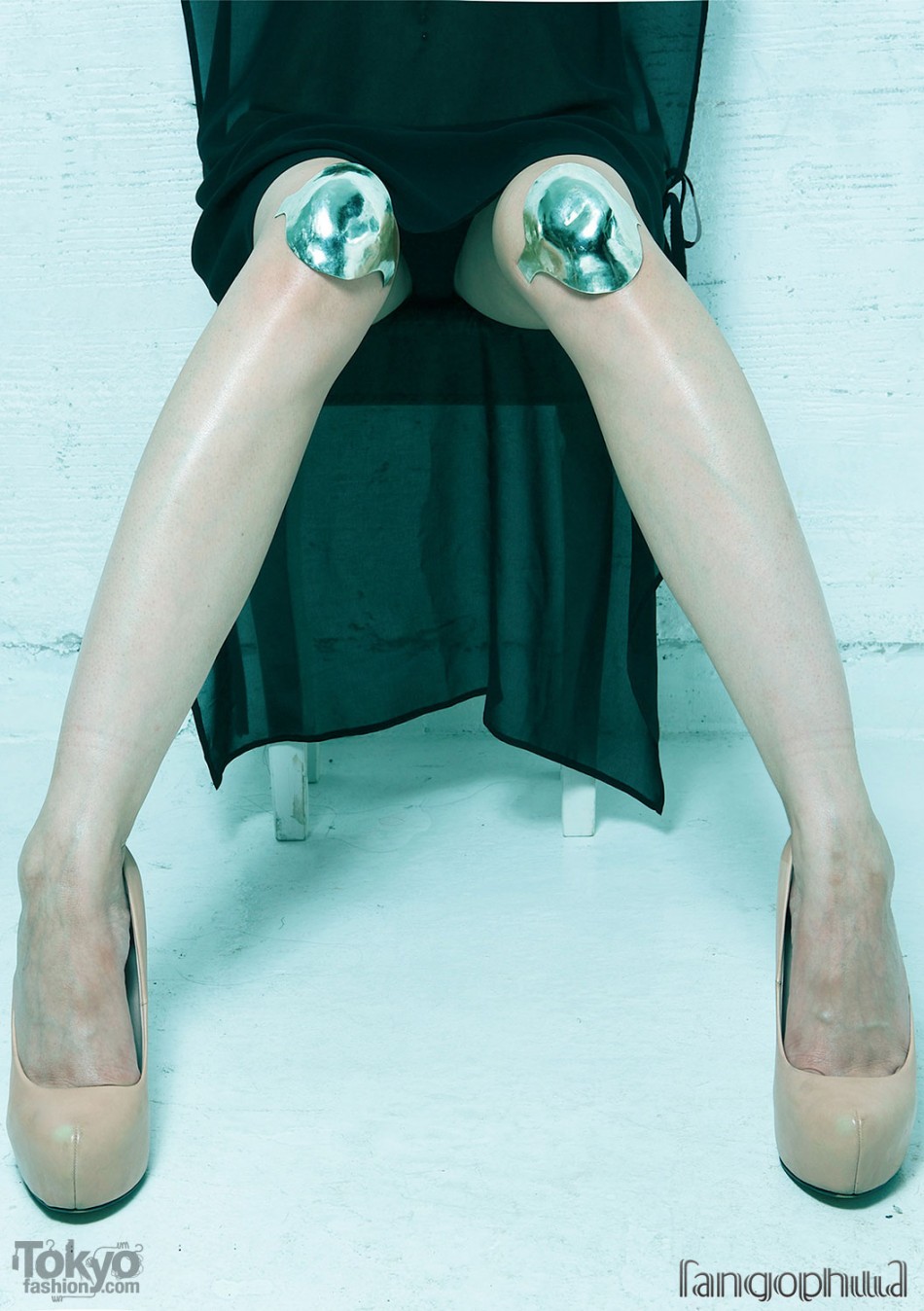


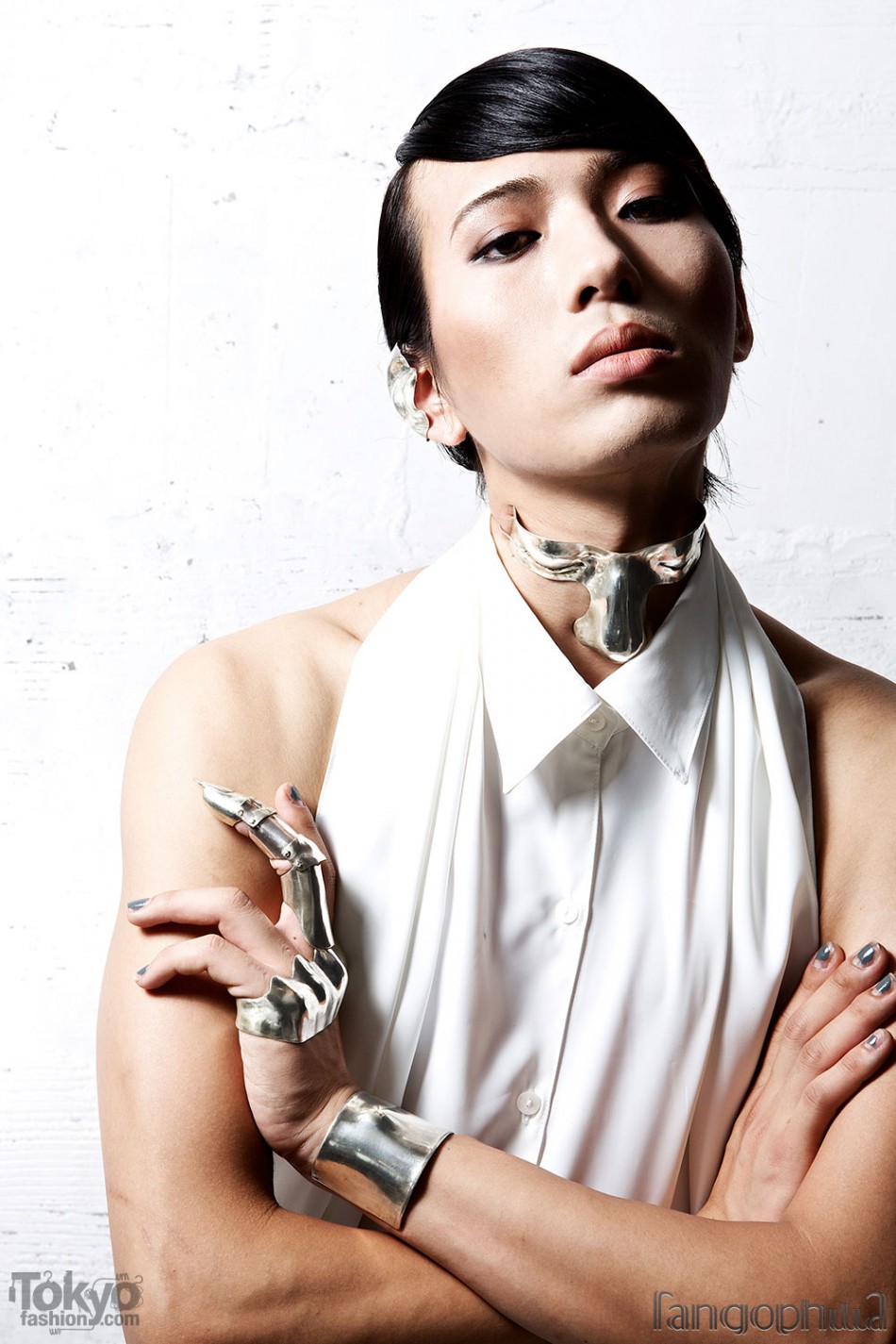
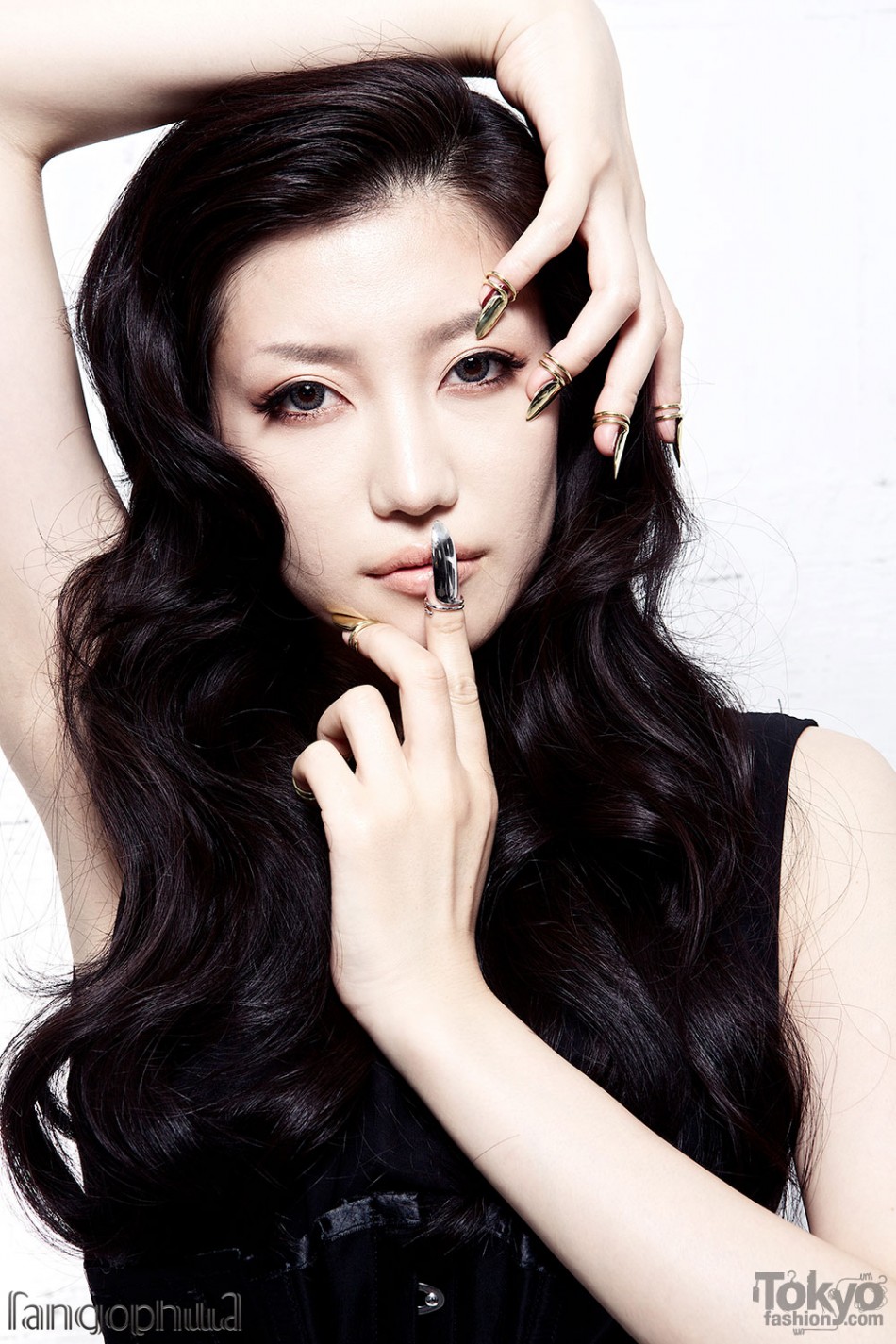

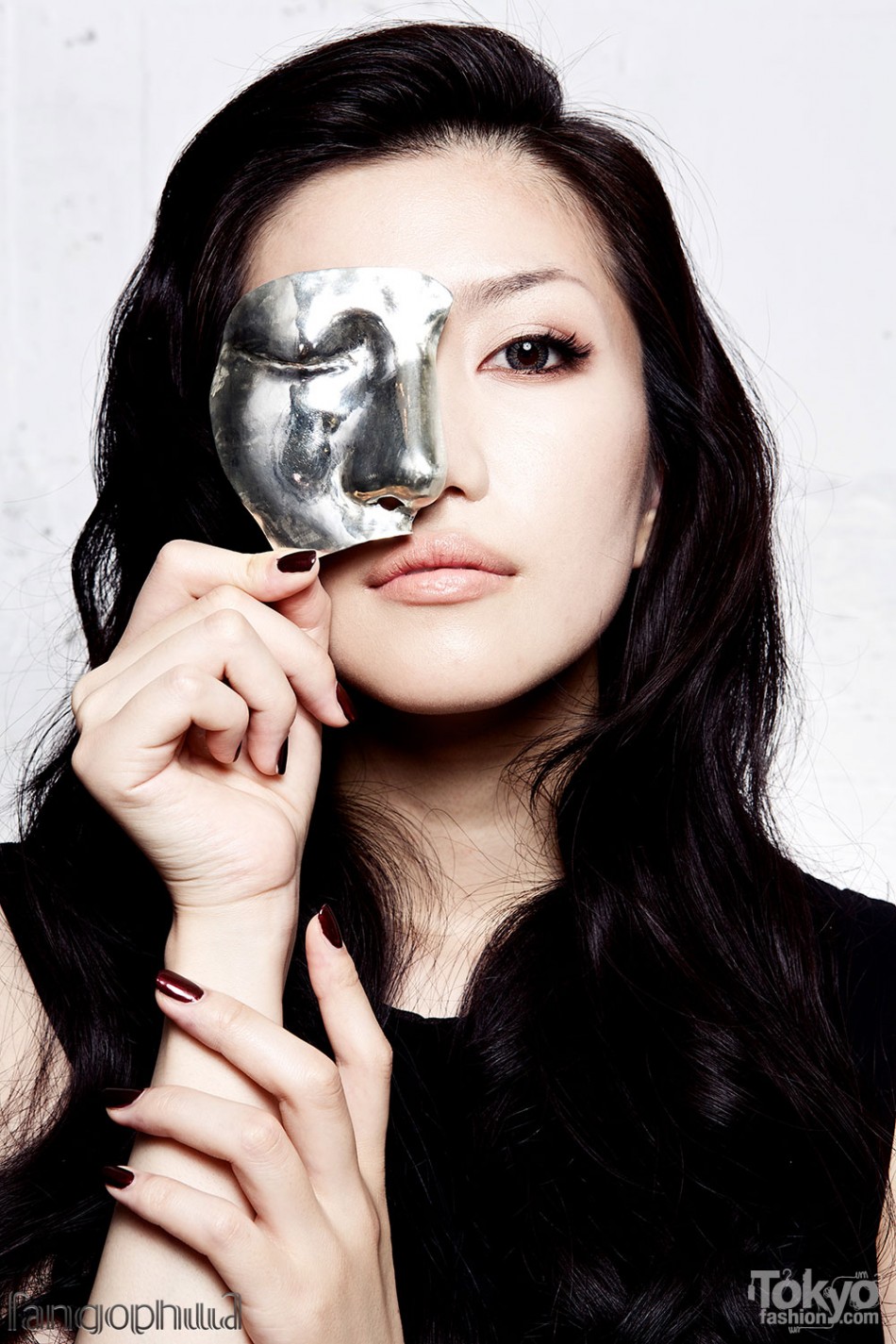
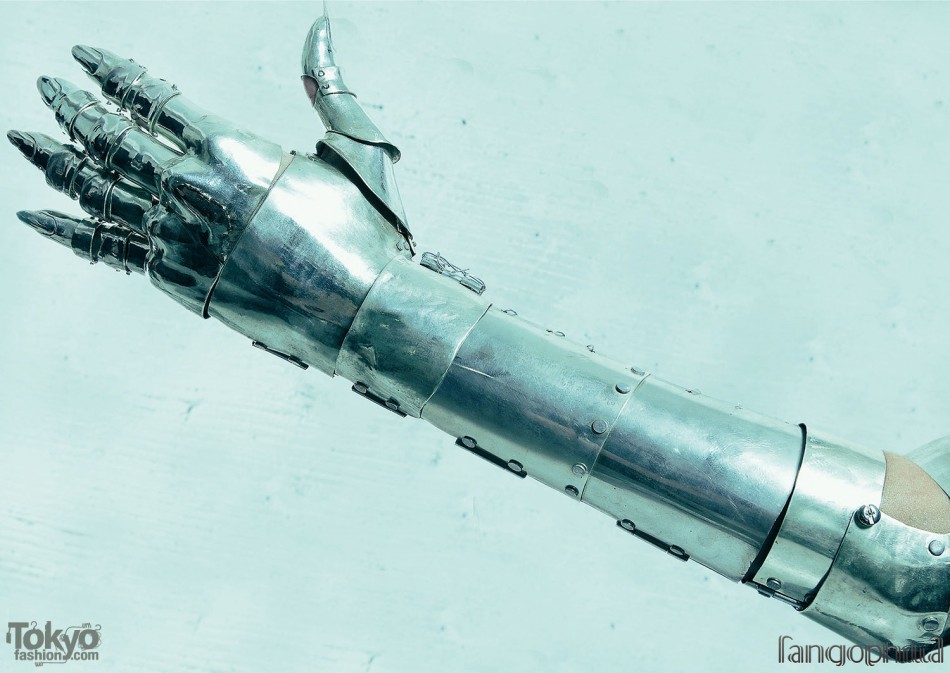
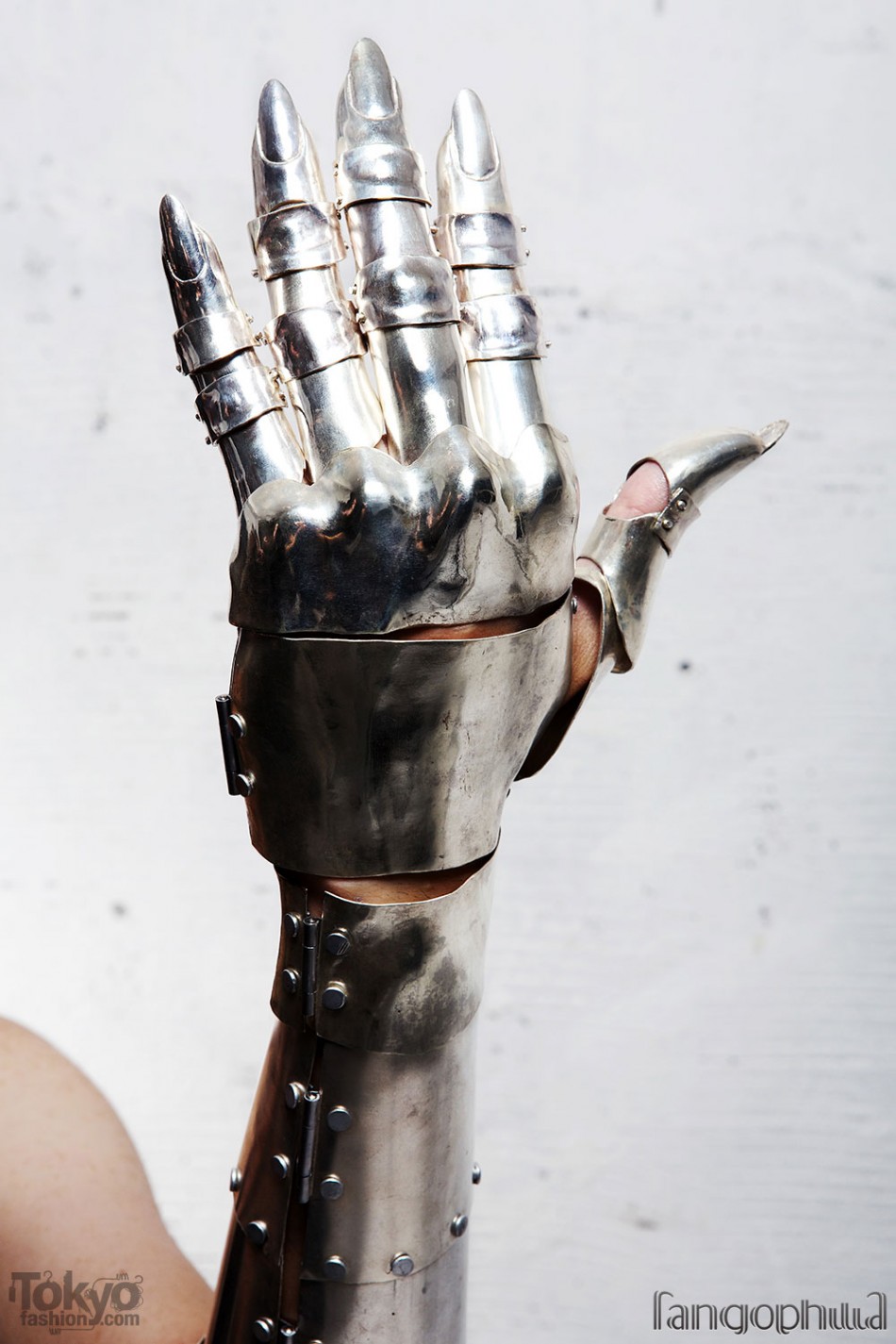
Behind-the-scenes photoshoot video and interview with creator Taro Hanabusa coming soon.
Brand: Fangophilia (Twitter | Facebook | Instagram)
Designer: Taro Hanabusa
Art Director: Shunsuke Okabe
Models:
Hirari Ikeda (Twitter | Instagram)
Hidemi Tsukata (Twitter)
Sioux (Twitter | Instagram)
Shunsuke Okabe (Twitter | Instagram)
Machiko (Twitter | Instagram)
Makeup Artist: Yosuke Toyoda (Rooster)
Photographer: KIRA
galaxys
 [Image: From Fabergé Fractals by Tom Beddard].
[Image: From Fabergé Fractals by Tom Beddard]. [Image: From Fabergé Fractals by Tom Beddard].
[Image: From Fabergé Fractals by Tom Beddard].

 [Images: From Fabergé Fractals by Tom Beddard].
[Images: From Fabergé Fractals by Tom Beddard].
 [Image: From Fabergé Fractals by Tom Beddard].
[Image: From Fabergé Fractals by Tom Beddard].

 [Images: Sliced truffles, randomly found via Google].
[Images: Sliced truffles, randomly found via Google].
 [Image: From Fabergé Fractals by Tom Beddard].
[Image: From Fabergé Fractals by Tom Beddard].galaxys

gu ys just looka t this dfucking deer look at its horns but look at the wya tis face is look at how he looks at the camera like u w anna fkin go
This deer though I need to know why that’s happeneing and what’s going on and all sorts of things that’s so cool jesus
galaxys
galaxyadd a smile on your face

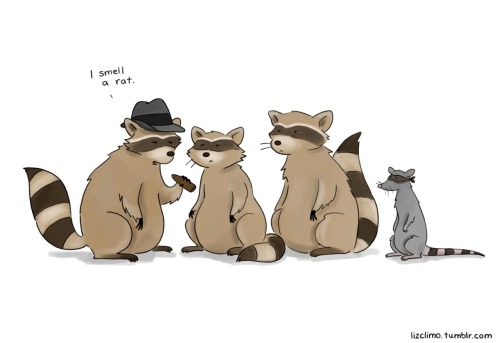

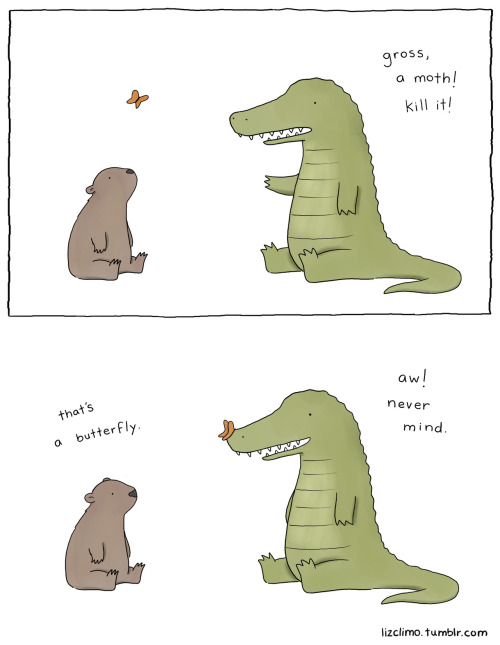


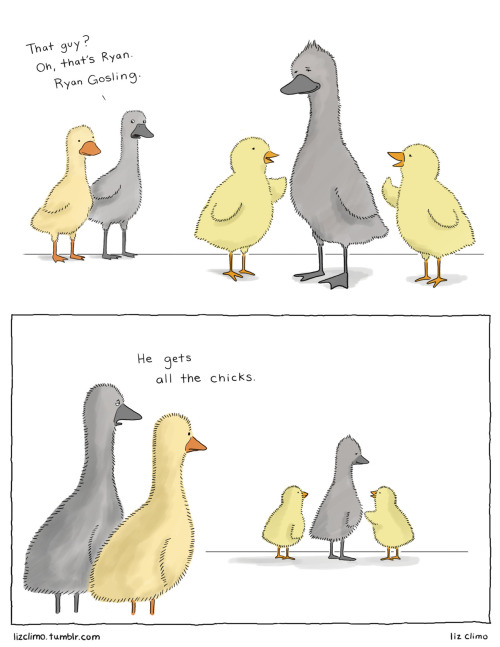
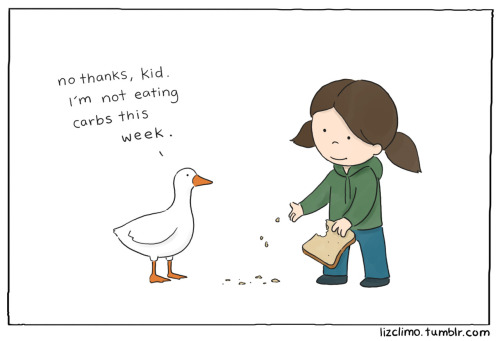

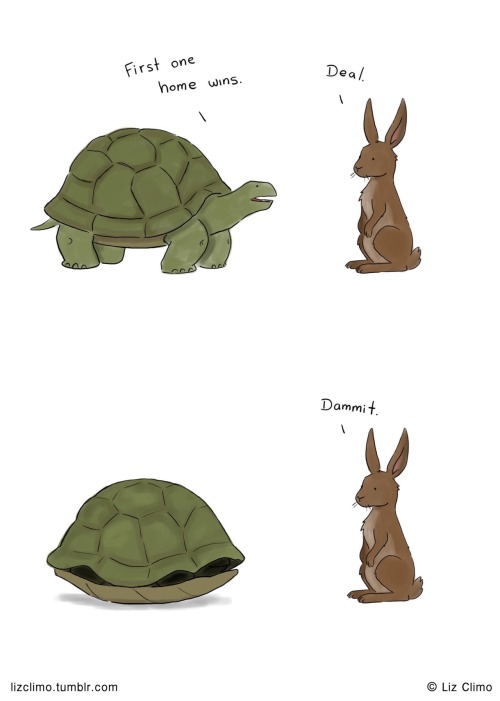
galaxys

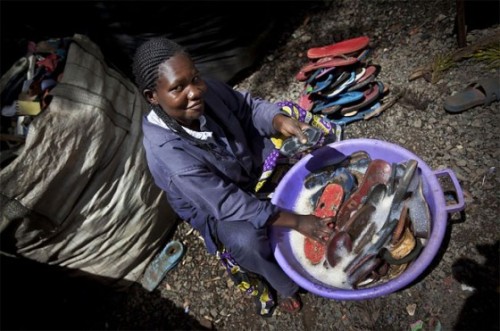

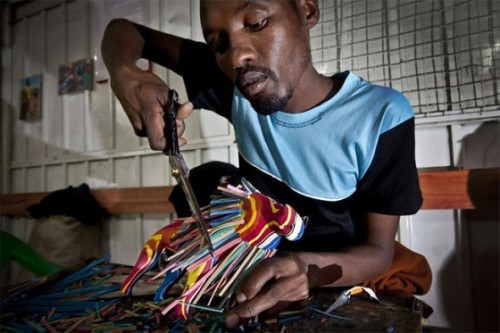

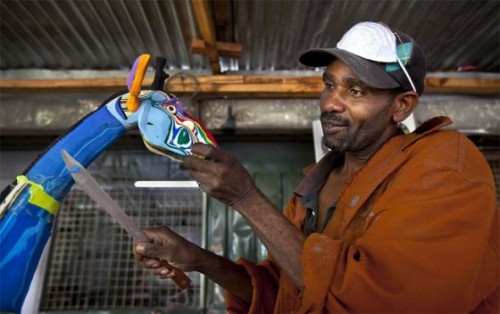

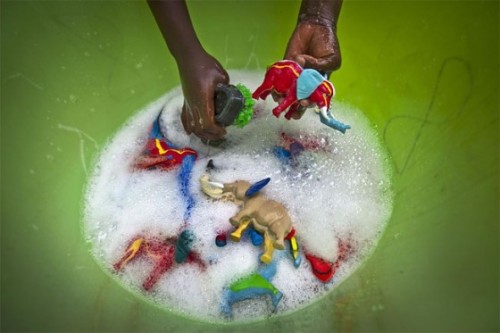
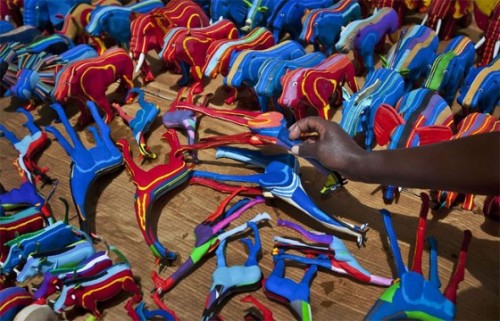
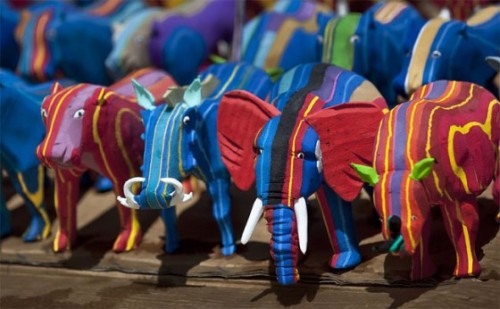
This little company from Kenya makes toys from slippers that wash up on the beach. Pictures by Ben Curtis
Dope
galaxyS

Remember Those Fabulous Sixties?
galaxys

The Blue Carpet is an intricately designed illustration by Paris-based art director Jonathan Bréchignac that is made entirely out of blue Bic pens and ultraviolet ink on paper. The labor-intensive piece features a detailed, fairly symmetrical pattern filled with a variety of complex geometric shapes, forcing Bréchignac to map out every minute area of the 115 x 73 cm illustration.
The ambitious endeavor is a spectacular display of discipline and determination. From the mandala-like center to the finely detailed border, the artist reflects a sense of concentration, diligence, and persistence. Bréchignac's past carpet drawings exude a similar degree of the aforementioned attributes. There is an overwhelming presence of repetition in each piece that adds to his impressive artistic feat.
The Blue Carpet can be seen in person as part of a group exhibition titled The Blue Route, which will be on display at the Villa Empain in Brussels from September 27th through February 4, 2014.













Photo credit: Hamus Jageland
Jonathan Bréchignac website
via [fubiz]
galaxyNICE

These gorgeous watercolor paintings feature soothing landscapes that fade off into the surface of the paper. Created by South Korea-based designer and illustrator Sunga Park, each scene is a study of the architecture located in cities around the world, including London, Paris, Busan, Istanbul, Venice, and Oxford. The self-trained artist says, "I can't tell you what my exact art field is but I want to show you something different."
And Park certainly succeeds in showing her viewers a different kind of painting. In each scene, soft colors blur together to depict each place, and viewers are quickly whisked away into peaceful worlds where fragmented buildings, set against soft skies, have no real end. In her signature style, the artist utilizes positive and negative space to produce the detailed shapes, challenging her viewers to visually complete the structures in our own, imaginative ways.





galaxyliko
Maxim Degtyarev,乌克兰自由插画师,作品细腻精致,擅长表现透视关系和复杂结构,个人博客:http://maxdwork.blogspot.com/(可能需要代理)。
以上这幅名为《A day in the life of a bench》(长椅生命中的一天),点击图片可查看大图,点击阅读全文可见更多作品。[via]
 Eduardo Salles插画作品 |
 Vladislav Erko插画作品:扑克牌 |
 Nikita Veprikov插画作品 |
 Franck Graetz插画作品 |
 Ricochet188插画作品 |
| 无觅 | ||||
galaxyNICE

Photographer Chiara Fersini aka Himitsuhana captures a sense of liberation with her portfolio of dreamy photography. Her carefree images feature nymph-like subjects in elaborate, flowing gowns. In some instances the women in Himitsuhana's scenes are gracefully being swept by a breeze, while in other shots their attire is dramatically taking on a shape of their own. The photographer also extends garments with images of feathered wings or flocks of birds to further accentuate a sense of freedom.
There's a surreal quality about the photographer's growing collection of work that plays with different silhouettes of the female form. Himitsuhana combines themes of nature with the human form and manmade fashion. Whether her images are of women within concrete barriers or out in an open landscape, they are fantasy-driven shots that merge numerous elements of "her fears, dreams, her sorrow and joy."
galaxys
Italian artist Willy Verginer creates surreal wooden figure sculptures with bold sections of color and pattern, and curious juxtapositions of humans and nature.
via iGNANT
galaxynice one
An intriguing new paper in the Journal of Neuroscience introduces a new optical illusion – and, potentially, a new way to see ones own brain activity.
The article is called The Flickering Wheel Illusion: When Alpha Rhythms Make a Static Wheel Flicker by Sokoliuk and VanRullen.
Here’s the illusion:
It’s a simple black and white “wheel” with 32 spokes.
To see the illusion, get the wheel in your peripheral vision. Look around the edge of your screen and maybe a bit beyond – you should find a ‘sweet spot’ at which the center of the wheel starts to ‘flicker’ on and off like a strobe light.
Remarkably, it even works as an afterimage. Find a ‘sweet spot’, stare at that spot for a minute, then look at a blank white wall. You should briefly see a (color-reversed) image of the wheel and it flickers like the real one (I can confirm it works for me).
By itself, this is just a cool illusion. There are lots of those around. What makes it neuroscientifically interesting is that – according to Sokoliuk and VanRullen – that flickering reflects brain alpha waves.
First some background. Alpha waves are rhythmical electrical fields generated in the brain. They cycle with a frequency of about 10 Hz (ten times per second) and are strongest when you have your eyes closed, but are still present whenever you’re awake.
When Hans Berger invented the electroencephalograph (EEG) and hooked it up to the first subjects in 1924, these waves were the first thing he noticed – hence, “alpha”. They’re noticable because they’re both strong and consistent. They’re buzzing through your brain right now.
But there’s a mystery – why don’t we see them?
Alpha waves are generated by rhythmical changes in neuronal activity, mainly centered on the occipital cortex. Occipital activity is what makes us see things. So why don’t we see something roughly 10 times every second?
It’s hard to say what we ‘ought’ to see – perhaps flashing lights, or colors, or patterns – but it is rather interesting that we don’t see (or feel or hear) anything at alpha frequency.
Or do we? Sokoliuk and VanRullen argue that the flickering of the wheel is related in some intimate way to alpha. They offer two lines of evidence here.
Firstly, in a task in which people had to compare the illusionary flicker against a wheel that was actually flickering at different frequencies, the most popular frequency perceived as matching the illusion was 9.1 Hz – i.e. a typical alpha wave one.
But there was a lot of variability:
Secondly, the authors say that perceiving the illusion (not just seeing the physical wheel) causes increased alpha waves:
How could this happen? The authors speculate that there’s a:
Correspondence between the spatial organization of visual cortex (retinotopy, cortical magnification, lateral connections) and the temporal dynamics of neuronal information propagation (neuronal time constants, conduction delays)…
Once alpha activity reaches a critical threshold, the rapid alternation of favorable and less favorable phases for sensory processing produces a “pulsed-inhibition” that can become visible as a regular flicker in the center of the wheel.
This is an extremely cool set of experiments, but to my mind they haven’t yet shown a ‘smoking gun’ which proves that the flicker really is alpha, as opposed to being something that happens to provoke alpha, and be of roughly alpha frequency.
Perhaps a smoking gun would be to show a correlation between an individual’s own alpha frequency (these, we know, differ between people, but are very stable for each individual) and that person’s perceived flicker rate.
![]() Sokoliuk R, & Vanrullen R (2013). The Flickering Wheel Illusion: When Alpha Rhythms Make a Static Wheel Flicker. The Journal of Neuroscience, 33 (33), 13498-504 PMID: 23946408
Sokoliuk R, & Vanrullen R (2013). The Flickering Wheel Illusion: When Alpha Rhythms Make a Static Wheel Flicker. The Journal of Neuroscience, 33 (33), 13498-504 PMID: 23946408
The post Can You See Your Own Brain Waves? appeared first on Neuroskeptic.
galaxygood one
 22nd Sept 1921 Thyagaraja (now Meenakshi) college Maduari – Gandhiji decides to take the plunge and discard all his clothes except for the loin cloth, for a period of five weeks, the Swaraj deadline of 31st Oct, connecting it with leading by example and by calling it a sign of deep mourning. The morning meeting was called off as it was too noisy, and so that evening he gets his head shaved and the next day he sets out in his new attire which would become famous - a short dhoti four cubits long, to address the Madurai weavers (Rajaji and TSS Rajan try to dissuade him at the last minute but fail), deeply worried if his attire would be accepted by Indians. He also wanted to convey his demand for use of Swadeshi goods and to show the deep poverty in India caused by the British colonizer. Following the event, he writes letters to the Hindu, Bombay Chronicle and the Independent explaining his actions.
22nd Sept 1921 Thyagaraja (now Meenakshi) college Maduari – Gandhiji decides to take the plunge and discard all his clothes except for the loin cloth, for a period of five weeks, the Swaraj deadline of 31st Oct, connecting it with leading by example and by calling it a sign of deep mourning. The morning meeting was called off as it was too noisy, and so that evening he gets his head shaved and the next day he sets out in his new attire which would become famous - a short dhoti four cubits long, to address the Madurai weavers (Rajaji and TSS Rajan try to dissuade him at the last minute but fail), deeply worried if his attire would be accepted by Indians. He also wanted to convey his demand for use of Swadeshi goods and to show the deep poverty in India caused by the British colonizer. Following the event, he writes letters to the Hindu, Bombay Chronicle and the Independent explaining his actions.
galaxynice

World-renowned architect Zaha Hadid is working on a joint proposal with Brisbane-based firm Donovan Hill for Melbourne's Flinders St. Station competition. The design concept for the proposal is a modern elongated form that also pays tribute to the building's historic past. Hadid's main goal with this project is to create not only a train station but a multipurpose transportation center that will serve as a landmark for Melbourne's skyline.
What stands out about this concept is the building's folding roof that allows for added ventilation and lighting. Swooping arches and curved beams make up the interior space, creating a nice juxtaposition between the outer linear facade and curvilinear interior. A new number of fluid pedestrian pathways have also been added to help circulate congested foot traffic and heighten the design's sense of motion. Additionally, many of the site's abandoned and rundown spaces will be re-purposed, including an old ballroom that is set to become a brand new event space. The station's proposed transformation will also include retail spaces, a hotel, and even a fine dining restaurant.
galaxys
The idea that words cannot always say everything has been written about extensively – as Friedrich Nietzsche said:
Words are but symbols for the relations of things to one another and to us; nowhere do they touch upon the absolute truth.
No doubt the best book we’ve read that covers the subject is ‘Through The Language Glass‘ by Guy Deutscher, which goes a long way to explaining and understanding these loopholes – the gaps which mean there are leftover words without translations, and concepts that cannot be properly explained across cultures.
Somehow narrowing it down to just a handful, we’ve illustrated 11 of these wonderful, untranslatable, if slightly elusive, words. We will definitely be trying to incorporate a few of them into our everyday conversations, and hope that you enjoy recognising a feeling or two of your own among them.

A feeling of solitude, being alone in the woods and a connectedness to nature. Ralph Waldo Emerson even wrote a whole poem about it.

The mark left on a table by a cold glass. Who knew condensation could sound so poetic.

The feeling of anticipation that leads you to go outside and check if anyone is coming, and probably also indicates an element of impatience.

This is the word the Japanese have for when sunlight filters through the trees – the interplay between the light and the leaves.

Someone who asks a lot of questions. In fact, probably too many questions. We all know a few of these.

Spaniards tend to be a sociable bunch, and this word describes the period of time after a meal when you have food-induced conversations with the people you have shared the meal with.

Their slang for someone who tells a joke so badly, that is so unfunny you cannot help but laugh out loud.

You know when you forget where you’ve put the keys, and you scratch your head because it somehow seems to help your remember? This is the word for it.

The feeling that comes from not being in one’s home country – of being a foreigner, or an immigrant, of being somewhat displaced from your origin.

Urdu is the national language of Pakistan, but is also an official language in 5 of the Indian states. This particular Urdu word conveys a contemplative ‘as-if’ that nonetheless feels like reality, and describes the suspension of disbelief that can occur, often through good storytelling.

The word for the glimmering, roadlike reflection that the moon creates on water. 
This post originally appeared at MAPTIA.
galaxys

From 2003 to 2010, landscape artist Charles Jencks developed this amazing project entitled Cells of Life. It was completed as part of Jupiter Artland, a privately-owned sculpture park in Edinburgh. The project includes eight landforms and a connecting causeway developed within the incredible outdoor space.
The foundation for Jencks' creation was based on the concept of the life of a cell, as well as the cell division process called mitosis. He sculpted hill formations into layered spirals, merged sections of land together with bridges, and organized the complete layout so that from overhead, it "presents their early division into membranes and nuclei, a landform celebration of the cell as the basis of life."
Founded by Robert and Nicky Wilson, Jupiter Artland is committed to nurturing artists by offering them opportunities to create sculptural work along the Wilson's 100-acre span of land. A visit to the site is a creative adventure and the website explains, "The artworks are landmarks, events, confrontations on a journey of discovery." So, although visitors are provided with a map of the area upon arrival, they are encouraged to explore and discover the land, and the art, with great anticipation of what might present itself around that next grassy knoll.







Charles Jencks' website
Jupiter Artland website
via [The Weird Girl Paradigm]

Viu essas notícias de carne feita em laboratório?
No Estadão
O produto, que está sendo chamado de ‘Frankenburger’, é feito a partir de 3 mil pequenas tiras de carne cultivada a partir de células-tronco.
(…)O processo de fabricação de carne artificial começa com a retirada de células estaminais do músculo de uma vaca. As células são incubadas em caldo nutriente e se multiplicam várias vezes, criando um tecido adesivo com a consistência de um ovo cozido.(…)
A notícia fala que agora a técnica vai ajudar a “reduzir a quantidade de áreas verdes, ração animal e combustível na produção de carne bovina.Cada quilo de carne exige 10 quilos de ração e óleo vegetal, mas a carne cultivada só precisa de dois”.
Olha, sei não hein. É que o caldo nutriente pra fazer as células crescerem (sim, células precisam comer também) é feito quase sempre de soro BOVINO, geralmente ou de fetos ou de bezerros. Isso é muito caro hoje em dia, e é comprado em empresas estrangeiras pra uso nos laboratórios. Antigamente os cientistas tinham que fazer o soro no próprio lab. Como? Cozinhando um monte de carne em panelões por um tempão até fazer um caldo de carne, que era fervido mais e engarrafado para usar nas células. Imagina o cheiro disso!
Viu só, pra fazer o hamburguer com células você ainda precisa de vaquinhas. Na verdade de suco de vaquinhas, que é o soro.
Algumas comidas de célula (o nome certo é meios de cultura), não usam soro bovino, mas são mais caros ainda! Eles são totalmente sintéticos e custam uma fortuna justamente porque dão muito trabalho e gastam muito mais energia pra fazer. Será que isso entrou nessa conta da sustentabilidade da carne in vitro ou o pesquisador achou um método novo de dar de comer para as células? Temos que averiguar.
Cultivar rins, corações e outras partes em laboratórios eu acho bacana, mas bifes pra proteger o ambiente parece balela. Melhor comer um hamburguer de soja.
De seguro ya has visto alguna imagen de este fotógrafo, que sin duda disfruta lo que hace a diario.
Terrence Richardson es un fotógrafo de moda estadounidense. Nació en Nueva York. Hijo de Bob Richardson, un conocido fotógrafo que sufrió adicción a las drogas y esquizofrenia
You can’t give your photograph soul with technique. I want my photos to be fresh and urgent. A good photograph should be a call to arms. It should say, ‘Fucking now. The time is ripe. Come on.’
Terry Richardson